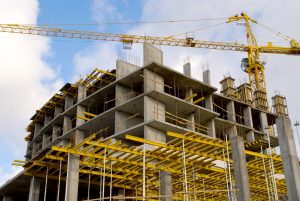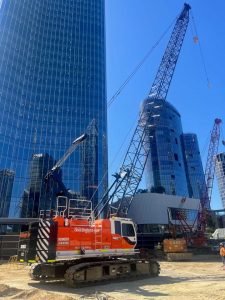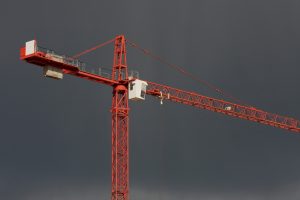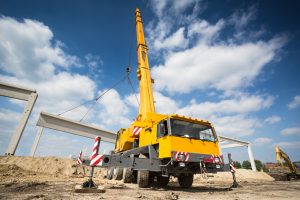How Economic Depression Will Affect The Crane Industry
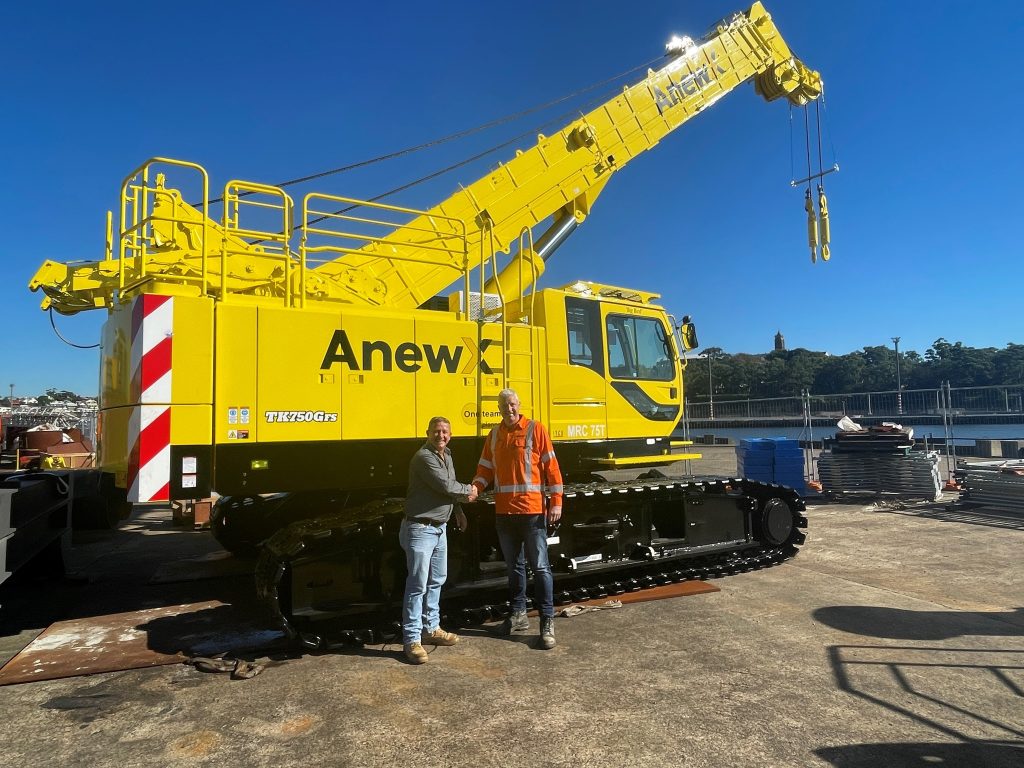
The current state of the economy and how it is affecting the crane industry
The Reserve Bank of New Zealand has begun to take action to slow down the economy which had been growing too quickly since the country recovered from the COVID-19 pandemic. This is in response to housing prices that have been increasing too quickly. The Reserve Bank is tightening monetary and macroprudential policies in order to achieve its price and financial stability objectives.
Along with policy measures to increase housing supply, this should help moderate housing price inflation. Although the fiscal deficit has begun to fall from the highs reached during the first wave of the COVID-19 shock.
The potential for an economic depression and how it could impact the crane industry.
The potential for an economic depression and how it could impact the crane industry.
In the event of an economic depression, the crane industry would be impacted in a number of ways.
Firstly, demand for new cranes would plummet as construction activity declines. This would lead to a sharp drop in revenue and profit for crane manufacturers. To survive, many manufacturers would be forced to lay off workers and cut costs.
The second impact would be on the rental market for cranes. As construction projects grind to a halt, demand for crane rentals would also dry up. This would lead to a sharp decline in rental rates, and many crane rental companies would be forced out of business.
The third impact would be on the used crane market. As new crane sales plummet, the market for used cranes would become saturated. This would lead to a sharp decline in used crane prices, and many crane owners would be forced to sell their cranes at a loss.
The fourth impact would be on the crane service and maintenance industry. As construction activity declines, the demand for crane service and maintenance would also decline. This would lead to a sharp decline in revenue and profit for crane service and maintenance companies. To survive, many companies would be forced to lay off workers and cut costs.
The fifth impact would be on the crane parts and accessories industry. As construction activity declines, the demand for crane parts and accessories would also decline. This would lead to a sharp decline in revenue and profit for crane parts and accessories companies. To survive, many companies would be forced to lay off workers and cut costs.
The steps that the crane industry can take to survive an economic depression
The crane industry is one of the most important industries in the world. It is responsible for the construction of many of the world’s tallest buildings and largest bridges. However, the industry is not immune to economic downturns. In fact, the crane industry was one of the hardest-hit industries during the last global economic recession.
In order to survive an economic depression, the crane industry must take several steps, including diversification, cost-cutting, and adapting to changing market conditions.
Diversification is key for any industry during an economic downturn. The crane industry must look to diversify its customer base and its products in order to weather the storm. One way to diversify is to focus on new markets, such as the growing renewable energy sector. The crane industry can also look to diversify its product offerings, such as by offering new services or developing new technology.
Cost-cutting is another important strategy for the crane industry during an economic downturn. Many crane companies will look to reduce their overhead costs in order to stay afloat. This may include reducing staff levels, cutting back on marketing and advertising expenditures, and renegotiating contracts with suppliers.
Adapting to changing market conditions is also critical for the crane industry during an economic downturn. This may mean shifting production to meet changing demand, such as from the construction of new buildings to the deconstruction of old ones. It may also mean developing new products or services that meet the needs of a changing market.
The crane industry has weathered many economic storms in its long history. By taking steps such as diversification, cost-cutting, and adapting to changing market conditions, the industry can survive an economic depression and continue to build the world’s tallest buildings and largest bridges.
The importance of the crane industry to the overall economy and how a depression could impact other industries.
The crane industry is one of the most important industries in the world. It is responsible for the transportation of goods and materials, and for the construction of buildings and infrastructure. The crane industry is a vital part of the global economy, and a depression in the industry could have a ripple effect on other industries.
A depression in the crane industry would lead to a decrease in the demand for goods and materials, and a decrease in the construction of buildings and infrastructure. This would lead to a decrease in the demand for other industries, such as the construction industry, the manufacturing industry, and the transportation industry.
A decrease in the demand for these industries would lead to a decrease in the demand for their products and services, and a decrease in their profits. This would lead to a decrease in the number of jobs in these industries, and a decrease in the wages paid to workers in these industries.
A depression in the crane industry would also lead to a decrease in the number of cranes in operation. This would lead to a decrease in the capacity of the crane industry to transport goods and materials and to construct buildings and infrastructure. This would lead to an increase in the cost of transportation and construction and a decrease in the quality of these services.
A depression in the crane industry would have a negative impact on the global economy. It would lead to a decrease in the transportation of goods and materials, and a decrease in the construction of buildings and infrastructure. This would lead to a decrease in the demand for other industries, and a decrease in the number of jobs and wages paid in these industries.
The possible long-term effects of an economic depression on the crane industry
As the economic depression continues, it is likely that the consolidation of the crane industry would accelerate. Smaller manufacturers would be unable to compete with the larger, more established companies, and would either be bought out or forced to close their doors. This consolidation would lead to a smaller, but more efficient, crane industry.
Finally, the economic depression would likely lead to the adoption of new technologies in the crane industry. In order to survive, manufacturers would need to find ways to reduce costs and increase efficiency. This could include the adoption of new manufacturing methods, as well as the use of new materials.
The long-term effects of an economic depression on the crane industry would be far-reaching and uncertain. However, one thing is certain: the industry would need to adapt in order to survive.
